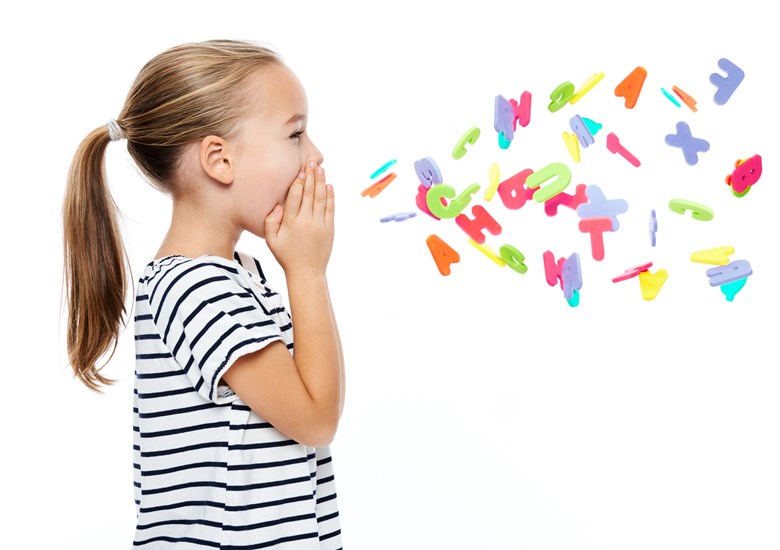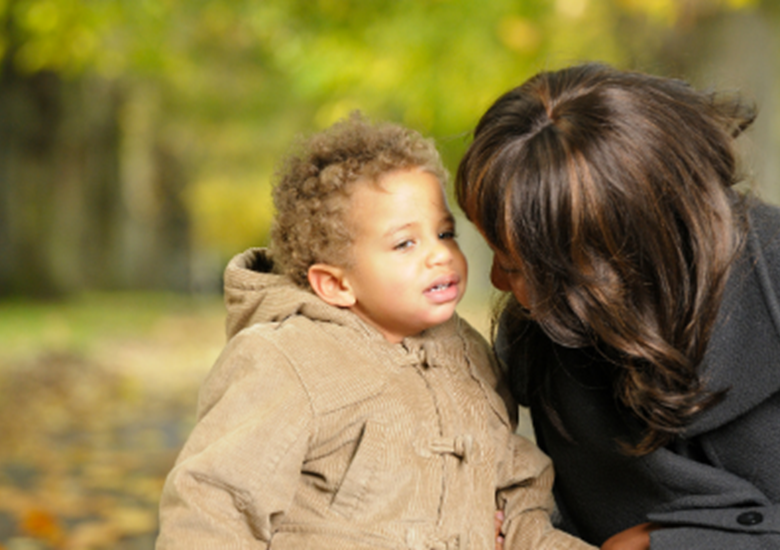
You may have noticed that your child doesn’t say all the speech sounds of your language yet.
A child’s speech sounds can take a few years to develop fully and children vary in how soon they develop a complete speech pattern. So while your child's speech may not be as clear as their cousin or neighbour's, their speech development may still be following a typical pattern.
It is normal for children to simplify speech sounds and words when they are learning to talk.

You may find that you can understand more of your child's speech than friends and relatives, especially when your child is talking about familiar situations and routines. You may however, find it difficult to understand when your child is speaking about something new. The following are some suggestions about what might help.